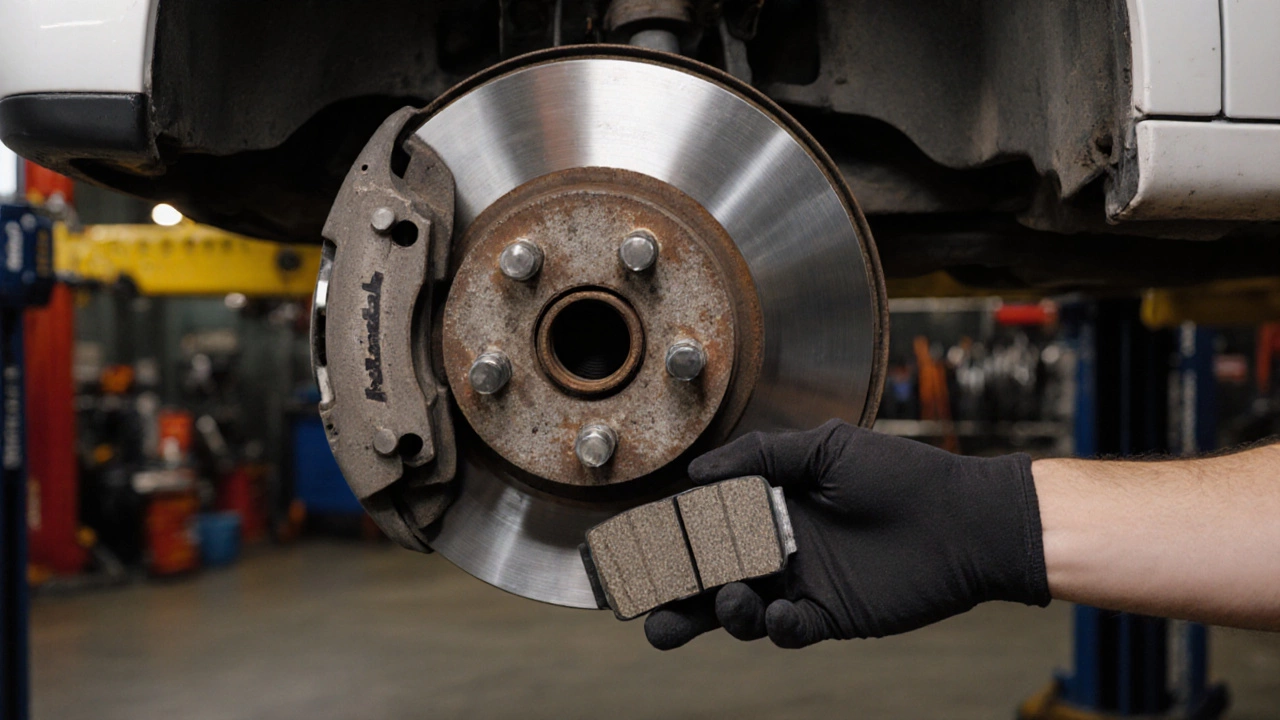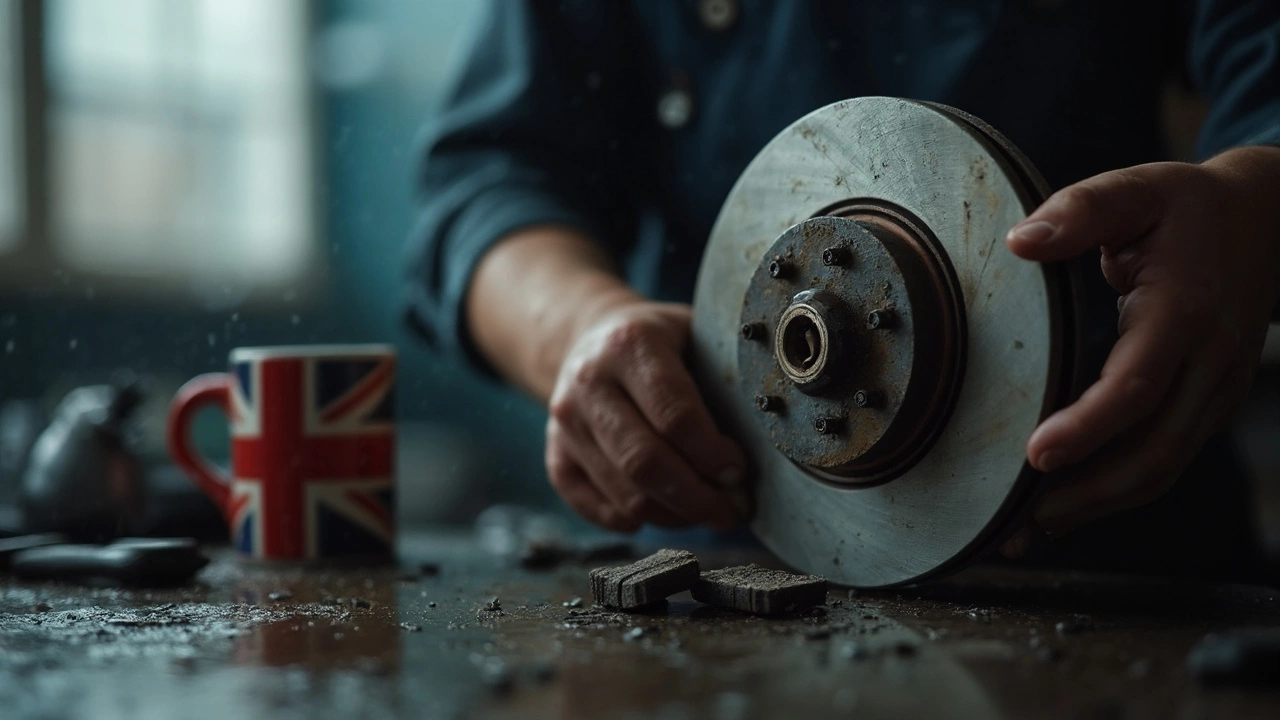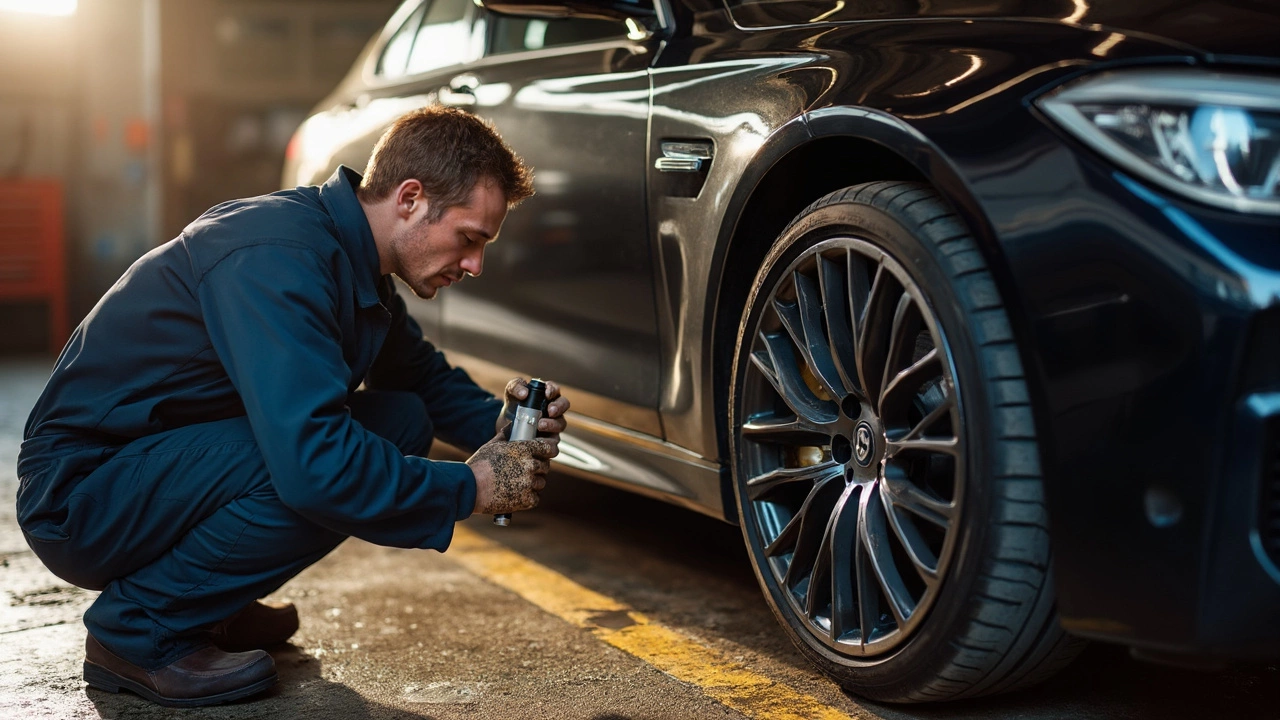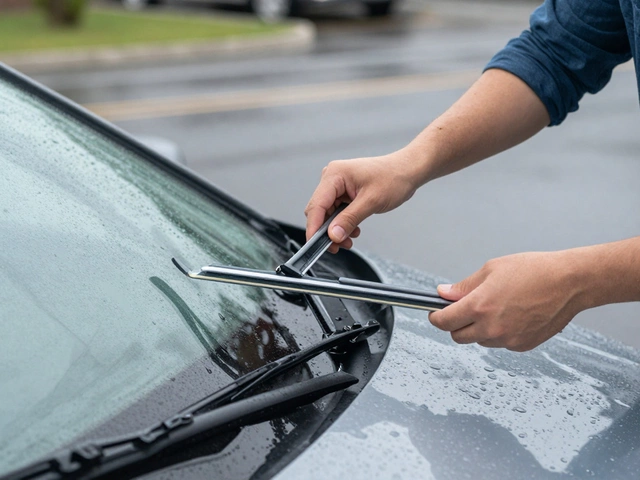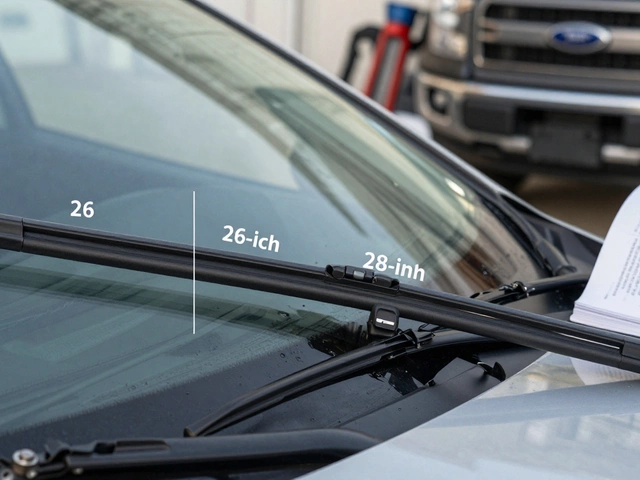Brake Pads: When to Replace, How Long They Last, and What to Watch For
When your car’s brake pads, the friction material that presses against the rotors to stop your vehicle. Also known as brake linings, they’re one of the most critical safety parts on any car. If they wear out, you’re not just risking a repair bill—you’re risking your life. Most drivers don’t check them until they hear a screech or feel the pedal sink. But by then, it’s often too late. Brake pads don’t last forever, and ignoring them doesn’t make the problem go away—it just makes it worse—and more expensive.
Brake pads work with another key part: the brake rotors, the metal discs that spin with your wheels and get gripped by the pads to slow you down. You can’t talk about brake pads without talking about rotors. Many people think replacing just the pads is enough, but if the rotors are worn, warped, or scored, your brakes won’t work right. You’ll get vibrations, longer stopping distances, and uneven wear on your new pads. And if you wait too long, you could end up needing both parts replaced anyway—plus a possible wheel bearing or caliper repair.
How long do brake pads actually last? It’s not a one-size-fits-all number. If you drive mostly on highways with smooth stops, you might get 70,000 miles. If you live in the city, brake hard often, or haul heavy loads, you could be looking at 25,000 miles or less. The material matters too—ceramic pads last longer and are quieter, while organic pads are softer but wear faster. What’s consistent? They all wear down. And they all need checking. You don’t need to pull off your wheels every month, but you should know the signs: squealing, grinding, a spongy pedal, or your car pulling to one side when you brake. These aren’t just annoyances—they’re red flags.
And here’s something most drivers don’t realize: you can often check your brake pads without removing the tire. Look through the gaps in your wheel spokes. If the pad looks thinner than a quarter, it’s time to get them checked. If you can’t see them clearly, don’t guess. A quick visual check can save you from a surprise breakdown or worse—a collision. Brake pads aren’t something you fix when it’s convenient. They’re something you fix when they’re still safe.
What you’ll find below isn’t theory. It’s real advice from drivers who’ve been there—people who waited too long, tried to cut corners, or didn’t know what to look for. We’ve got answers on whether you can skip replacing rotors, how to tell if your pads are worn, how much it really costs to fix them, and what happens if you keep driving with bad brakes. No jargon. No upsells. Just what you need to know to stay safe and avoid getting ripped off.




